Pricing can be one of the most challenging aspects of running a business. Charge too much, and you risk scaring off potential customers. Charge too little, and you won't make enough profit to keep your business afloat.
It's a delicate balance that can leave business owners feeling stressed and overwhelmed.
The good news is that pricing doesn't have to be a headache. With the right approach, you can find that sweet spot that maximizes profits while keeping customers happy.
So, take a deep breath. There are ways to price your product or service in a way that's fair, profitable, and stress-free. Let's get started!
Research, But Don't Obsess

Research is key in determining the right price for your product or service. A little detective work can go a long way!
So how do you research effectively?
- Look at what similar products or services are priced at. This will give you an idea of what the market is like and what price points are reasonable.
- Use online tools and resources to gather information. Websites like Amazon and eBay can be useful for researching prices. Same with industry-specific websites and forums.
- Don't get too caught up in what others are doing. While it's important to be aware of the competition, you want to price your product or service based on its unique value. Focus on what sets your product apart and what your customers are willing to pay for it.
By taking the time to research your market and competitors, you'll be better equipped to price your product or service in a way that's both competitive and profitable.
Remember to stay focused on your unique value proposition and don't obsess over what others are doing. With the right approach, you'll be able to find the perfect price point for your business.
Ask For Feedback

Don’t be shy! Asking for feedback can be a valuable tool in determining the right price for your product or service.
Here are some tips:
- Reach out to friends and family. They can provide an unbiased opinion and may be willing to give feedback for free.
- Ask potential customers. Consider running a survey or focus group to gather feedback from your target audience — everyone likes a good poll.
- Offer an incentive. To encourage participation, consider offering a discount or other incentive to those who provide feedback (free is enticing!).
By asking for feedback, you'll gain valuable insights into what your customers are actually willing to pay.
Don't be afraid to get out there! You’ll find some good information right in front of you.
Consider The Value

Differentiating your product or service from others is essential in pricing it effectively. You know you’ve got something good — so show it off!
Here is how to determine the unique value proposition:
- Consider what makes your product or service different from others in the market. What sets you apart?
- Think about the benefits that your product or service provides to your customers. How does it improve their lives?
- Determine the quality of your product or service. If it's of high quality, you can charge a premium price.
Once you've identified your unique value proposition, use it to guide your pricing decisions. By focusing on what sets you apart, you'll be able to price your product or service in a way that reflects its true worth.
Remember, pricing is a balancing act. While it's important to charge a fair price, you also want to make a profit. You’ve got to find the sweet spot between overcharging and underselling.
Target Audience

Understanding your target audience is crucial when it comes to pricing your product or service. You’ve got to know who you are speaking to, right?
Here is how to determine the pricing that best appeals to your target audience:
- Do some market research. Look at what similar products or services are priced at within your target audience's demographic.
- Consider the wants and needs of your target audience. If they are willing to pay more for convenience or luxury, then you can price your product or service accordingly.
- Determine if your target audience is more budget-conscious. If so, consider offering a lower price point to appeal to their needs.
By understanding your target audience, you'll be better equipped to find the right price point that meets their needs and expectations.
Be Flexible

There’s always give in take in these situations.
So how do you stay flexible with your pricing?
- Regularly evaluate your pricing strategy. Keep an eye on sales data and customer feedback to determine if your current pricing strategy is working or not.
- Be open to experimenting with different price points. Try out different pricing strategies to determine what works best for your business.
- Consider implementing dynamic pricing. This strategy involves adjusting prices based on factors such as supply and demand, time of day, and customer behavior.
Remember, pricing is not a static process. Be open to adjusting your prices as needed to stay competitive and meet the changing needs of your customers.
By staying flexible with your pricing strategy, you'll be able to find the right price point that meets both your business goals and your customers' needs. It’s a win-win, yeah?
Make The Sale
Pricing can be a challenge, but it doesn't have to be a headache. With a little research, flexibility, and a positive mindset — you can find the right price point for your product or service.
And don’t be shy! Get out there and show people what amazing things you have to offer.
Happy selling!


